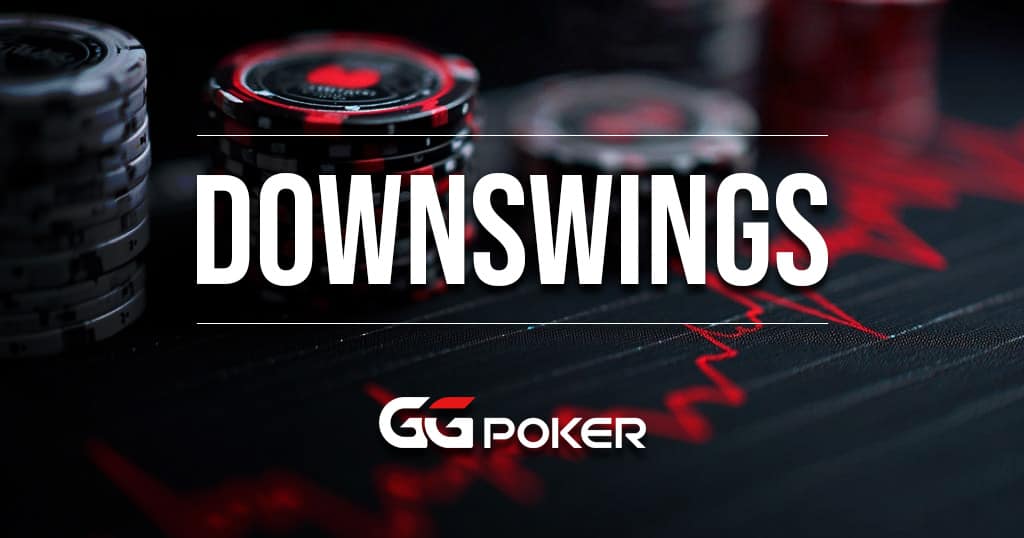Three-Bet Pots: How to Maximize Your Win Rate

Navigating three-bet pots effectively can significantly boost your win rate and set you apart from the competition. Mastering the nuances of these situations can significantly boost your win rate and set you apart from the competition. Whether you’re playing live or online poker, understanding and implementing advanced strategies for three-bet pots is essential. Let’s dive into these strategies and see how you can enhance your game.
Understanding Three-Bet
Before we delve into the advanced strategies, it’s crucial to understand what a three-bet pot is. A three-bet occurs when a player makes a re-raise after an initial raise. For instance, if Player A calls the blind, then Player B raises, and Player C re-raises, the pot is a three-bet pot regardless of the rest of the action, except further raising—if Player D also puts in a raise, it would be a four-bet pot.
The Importance of Position
Position is a key factor in poker, and it’s even more critical in three-bet pots. Being in position (acting last) gives you a significant advantage as you can see how your opponents act before making your decision. This allows for more informed choices and better control over the pot size.
When you’re out of position, you must play more cautiously and often rely on a more straightforward strategy. This includes tightening your range and being prepared to check more frequently to avoid building a large pot when you’re at a positional disadvantage.

Range Construction
Constructing a solid range is fundamental in three-bet pots. Your range should be balanced, meaning it should include a mix of strong hands and some bluffs. However, the exact composition of your range will depend on various factors, including your position, the tendencies of your opponents, and the dynamics of the game.
In Position:
- Strong Hands: Premium pairs (AA, KK), AK, AQ.
- Bluffs: Suited connectors (e.g., 67s, 78s), small suited aces (e.g., A5s).
Out of Position:
- Strong Hands: Premium pairs (AA, KK, QQ), AK.
- Bluffs: Fewer bluffs compared to in-position; lower pairs (e.g., 77, 88) can sometimes be included if you’re inclined to set mining.
Adjusting to Opponents
Adapting to your opponents’ tendencies is crucial in thet more for value with a tighter range. Conversely, against tight players who often foldree-bet pots. Against loose players who call three-bets with a wide range, you should three-b to three-bets, you can widen your bluffing range and three-bet more frequently.
Loose Opponents:
- Value-heavy Range: Focus on hands that play well post-flop.
- Less Bluffing: They tend to call often, so bluffs are less effective.
Tight Opponents:
- Balanced Range: Include more bluffs as they are more likely to fold.
- Exploit Weakness: Take advantage of their tendency to fold to aggression.
Post-Flop Play in Three-Bet Pots
Post-flop play in three-bet pots requires a strategic approach. The pot is already inflated, so mistakes can be costly. Here are some post-flop strategies:
Continuation Betting
A continuation bet (c-bet) is a bet made by the pre-flop aggressor. In three-bet pots, c-betting is often effective, but you must be selective about when and how you do it.
- Flop Texture: Consider the flop texture. Dry flops (e.g., K-7-2) are good for c-betting, while wet flops (e.g., J-T-9) are more dangerous.
- Opponent’s Range: Think about how the flop hits your opponent’s range. If the flop is likely to connect with their calling range, be cautious with c-betting.
- Bet Sizing: Use smaller bet sizes to maintain a balanced range and avoid committing too many chips without a strong hand.
Slow Playing
Slow playing can be a powerful tactic in three-bet pots, especially when you hit a strong hand. By checking or calling instead of betting, you can induce bluffs or weaker hands to bet into you.
- Trapping: When you have a strong hand, such as top set or top two, checking can induce your opponent to bet.
- Pot Control: Slow playing also helps control the pot size, allowing you to keep the pot manageable when you’re not 100% confident in your hand.

Bluffing and Semi-Bluffing
Bluffing and semi-bluffing are essential tools in any poker player’s arsenal. These tactics become even more critical in three-bet pots due to the larger pot sizes and the increased likelihood of opponents folding to aggression.
- Semi-Bluffing: Bluffing with hands that have the potential to improve, like flush draws or open-ended straight draws. This way, you have outs and can still win if called.
- Pure Bluffing: Occasionally make pure bluffs with hands that have no showdown value, but ensure these are balanced with your value bets to keep your opponents guessing.
Hand Reading and Adjustments
Hand reading is a skill that can significantly enhance your success in three-bet pots. By paying close attention to your opponent’s actions and bet sizing, you can make more accurate predictions about their holdings.
- Bet Sizing Tells: Large bets often indicate strength, while smaller bets can suggest weakness or a drawing hand.
- Timing Tells: Quick calls or bets sometimes indicate a weaker hand, while longer pauses may suggest a strong or marginal decision.
Mental Toughness and Tilt Management
Poker is as much a mental game as it is a strategic one. In three-bet pots, maintaining mental toughness and managing tilt is crucial. The stakes are higher, and the decisions are more complex, which can lead to frustration and emotional swings.
- Stay Focused: Keep your focus on the game and the strategies you’ve prepared. Avoid distractions and stay in the moment.
- Control Emotions: Recognize when you’re tilting and take steps to regain composure. This might mean taking a short break, deep breathing, or refocusing on your long-term goals.
Conclusion
Mastering three-bet pots is a critical skill for any serious poker player. You can significantly improve your win rate by understanding the importance of position, constructing a balanced range based on position, adjusting to opponents, and employing advanced post-flop strategies. Remember to stay adaptable, keep honing your hand-reading skills, and maintain mental toughness. With these strategies in your poker arsenal, you’ll be well-equipped to dominate three-bet pots and elevate your game to new heights.





